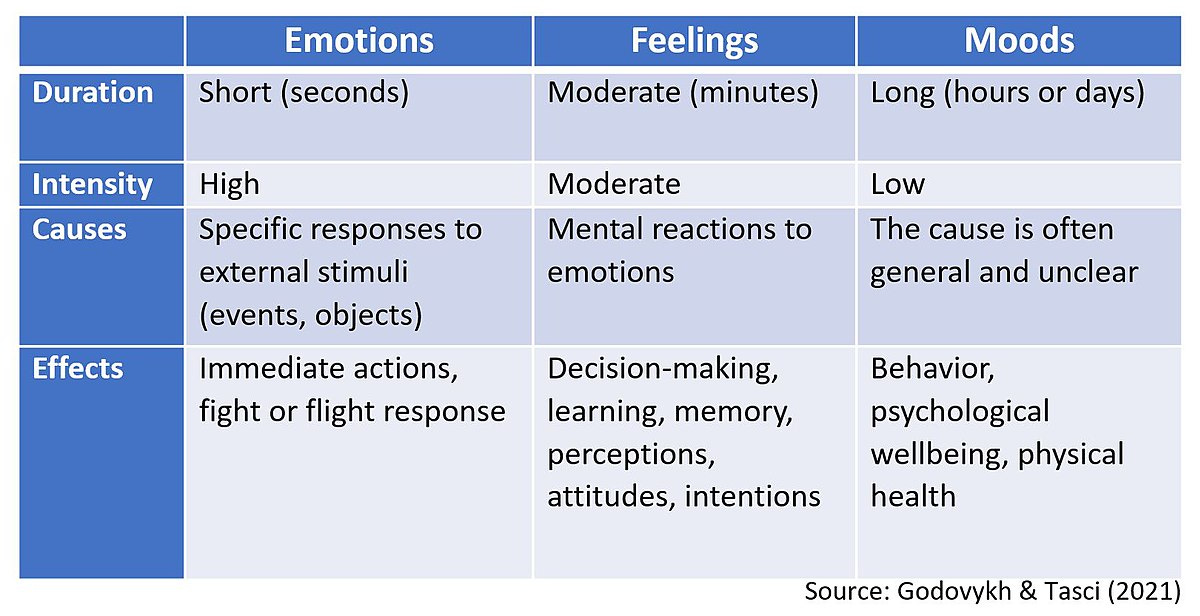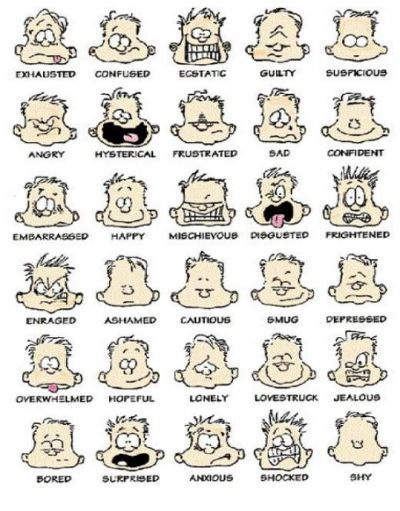Alexithymia
A post discussing what Alexithymia is and how it presents in my life as an autistic person.
From Scientific American: Alexithymia was first mentioned as a psychological construct in 1976 and was viewed as a deficit in emotional awareness [2]. Research suggests that approximately 8% of males and 2% of females experience alexithymia, and that it can come in mild, moderate and severe intensities [3].
Studies also show that alexithymia has two dimensions – a cognitive dimension, where a child or adult struggles to identify, interpret and verbalize feelings (the “thinking” part of our emotional experience). And an affective dimension, where difficulties arise in reacting, expressing, feeling and imagining (the “experiencing” part of our emotional experience) [4].
Examples of how alexithymia presents in people:
Difficulties identifying different types of feelings
Difficulties expressing feelings
Limited understanding of what causes feelings
Difficulty recognizing facial cues in others
Difficulties with naming different kinds of emotions
Difficulties with articulating emotions
A narrow capacity to understand the reasons behind certain emotions
Struggling to identify emotions expressed by others
Detached or tentative connection to others
Indifference toward other people
Limited or rigid imagination
Constricted style of thinking
Hypersensitive to physical sensations
Heightened sensitivity to sights, sounds, or physical touch
A lack of impulse control
Violent or disruptive outbursts
When compiling this list of examples from a couple of different websites (Scientific American and Disabled World), I wondered if I was being repetitive by including similar difficulties with feelings and emotions. According to Wake Forest University, “A fundamental difference between feelings and emotions is that feelings are experienced consciously, while emotions manifest either consciously or subconsciously. Some people may spend years, or even a lifetime, not understanding the depths of their emotions.”
I also found this very helpful chart from Wikimedia Commons that explains the difference between emotions, feelings, and moods.
It reminded me of when I was in high school, and I saw a counselor at my school named Margo. She would start our sessions by showing me a poster of a character in a variety of faces meant to evoke different feelings and ask me to point out which one was closest to what I was feeling right now. At the time, I thought it was a silly little exercise to just break the ice and get into the meat of the session, but now after so many years, I realize that she was trying to help me connect the facial expressions that correlate to specific feelings, the terminology of individual feelings, and how feelings present within myself.
I still struggle with determining what I am feeling and in turn with appropriate ways to express those feelings. From everything I have learned about alexithymia, the suggestions on how to “treat” it include:
Reading (not just about this topic but anything that evokes emotion and describes feelings including fictional stories and novels)
Writing (journaling every day—more than just the events of the day—to help learn about your emotions, feelings, and moods)
Therapy (find a provider or group who will understand alexithymia so the foundation of learning feelings & emotions can be built rather than assumed it is already in place)
Art (movement, dancing, acting, and music can help people connect with their emotions)
Relaxing (learning various relaxation techniques not only helps regulate emotions but also may help you recognize when you are not relaxed to pinpoint why)
I have found all of these techniques to be helpful, but it is a continual practice. I may be able to recognize when I am upset, but I might not be able to formulate further words and explanations to describe it or explain why I am feeling that way without writing to get to the root of the matter, allowing time for me to process my emotions & feelings, and relaxing through somatic exercises, meditation, and breathing techniques to create more space between myself and that emotion/feeling. I am still working on compiling a list of “productive” ways I can channel my feelings when they arrive. If anyone thinks that would be helpful for them, I would be willing to share once I formalize my list.
Here is an Online Alexithymia Questionnaire via Embrace Autism that you could take to start exploring whether or not this is something you are experiencing.
Do you experience Alexithymia? If so, how does it present in your life?
~The Overstimulated






